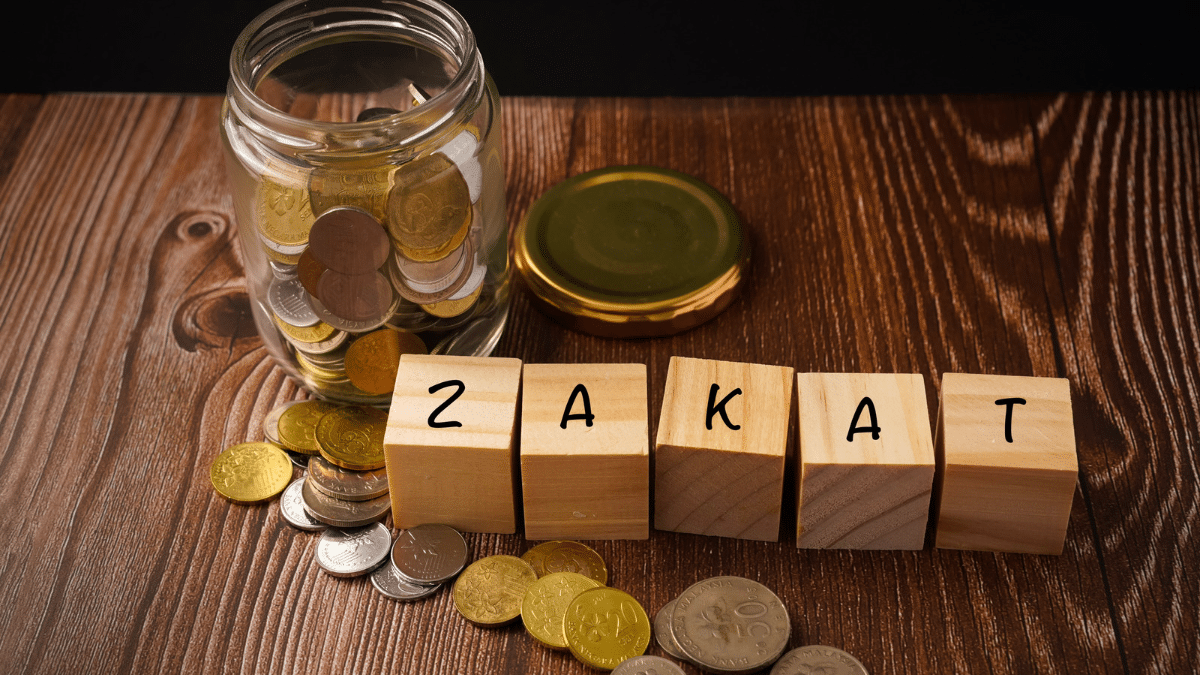Zakat in Islam
Zakat, one of the five pillars of Islam, is a mandatory form of almsgiving or charitable giving for Muslims. It serves as a means of purifying one’s wealth, fostering social welfare, and nurturing a sense of generosity and solidarity within the Muslim community. In this blog post, we will discuss the basics of Zakat and provide a step-by-step guide on how to calculate it accurately.
Understanding the Concept of Zakat
Zakat is an obligatory act of worship, requiring eligible Muslims to give a portion of their wealth to those in need. The amount is usually 2.5% of one’s net assets, which includes savings, investments, gold, silver, livestock, and agricultural produce. Zakat serves to redistribute wealth, alleviate poverty, and ensure that all members of the community have their basic needs met.
Determining Zakat Eligibility: Nisab
Before calculating your Zakat, you must first determine if you meet the minimum threshold of wealth or ‘Nisab.’ Nisab is the minimum amount of wealth a Muslim must possess to be obliged to pay Zakat. There are two types of Nisab: one based on gold (85 grams) and the other based on silver (595 grams). You should compare your wealth to the current value of gold and silver to determine which standard is most appropriate for you. Generally, it is recommended to use the lower of the two values, as it ensures more people are included in the obligation and benefits a higher number of those in need.
To determine if you meet the Nisab, add up the value of all your qualifying assets, such as cash, investments, gold, silver, and any other items mentioned earlier. If your total wealth is equal to or greater than the Nisab threshold, you are required to pay Zakat.
Calculating Zakat: A Step-by-Step Guide
Step 1: Determine your Zakatable Assets
List all your assets that are subject to Zakat, including:
- Cash: Include cash on hand, in bank accounts, and any money owed to you.
- Investments: Include stocks, bonds, mutual funds, and retirement accounts, considering their current market value.
- Gold and Silver: Include jewelry, coins, and bullion, calculating their current market value.
- Business assets: Include inventory, merchandise, and any cash held in the business.
- Livestock and Agricultural Produce: Include animals and crops, subject to specific rules and percentages for Zakat calculation.
Step 2: Deduct Liabilities
Subtract any outstanding debts, loans, or liabilities from your total assets. This will give you your net assets.
Step 3: Calculate Zakat
Calculate 2.5% of your net assets. This is the amount of Zakat you are required to pay.
Example: If your net assets are SAR 50,000, you would pay SAR 1,250 in Zakat (SAR 50,000 x 0.025).
Step 4: Distribute Zakat
Zakat should be distributed among the eight categories of eligible recipients mentioned in the Quran (Surah At-Tawbah, 9:60). These include the poor, the needy, Zakat administrators, those whose hearts need reconciliation, freeing slaves, those in debt, in the cause of Allah, and the wayfarer (traveler in need).
Zakat Calculator
Disclaimer: The gold and silver rates used in this calculator may be subject to fluctuations, and the Zakat calculation is an estimate. For a more accurate determination of your Zakat obligation, it is advisable to consult with a qualified Islamic scholar or your local Islamic authority.
Conclusion
Calculating and paying Zakat is an essential act of worship for eligible Muslims. It not only purifies one’s wealth but also fosters a sense of generosity, solidarity, and social welfare within the community. By understanding the concept of Zakat, determining your eligibility, and accurately calculating and distributing your Zakat, you can fulfill this important religious obligation and help those in need.
More from KSAexpats.com:















